

— Products —
 Consumer hotline +8618073152920
Consumer hotline +8618073152920 WhatsApp:+8615367865107
Address:Room 102, District D, Houhu Industrial Park, Yuelu District, Changsha City, Hunan Province, China
All products
Environmental sensors are instruments that can accurately measure and record environmental parameters and contain many types of sensors, such as soil temperature sensors, air temperature and humidity sensors, evaporation sensors, rainfall sensors, light sensors and wind speed and direction sensors. These sensors are characterized by high precision, real-time monitoring, and multi-parameter monitoring, and have a wide range of applications in the fields of agriculture, industr···
Tel/WhatsApp:+8615367865107
Email:Arvin@niubol.com +Nearly 100 partner company in more than 68 countries. We are committed to providing high-quality, practical products to meet your needs and help you solve problems.Product Details
Environmental sensor is a specially designed for monitoring and sensing the surrounding environmental conditions of the equipment, scientific research, teaching, laboratory and agriculture, environmental monitoring and other departments preferred high-quality instruments, environmental sensors, they are able to detect the air, water, soil, etc. (such as temperature, humidity, light, etc.) in the environmental medium of the physical or chemical parameters, and will be converted into a readable electrical signals or other forms of data. So as to facilitate the monitoring and control system based on this information to carry out the appropriate response or adjustment.
Environmental sensors can accurately measure relevant environmental information, such as temperature, humidity, light, wind speed, etc. These sensors play a key role in many fields such as environmental protection, intelligent buildings, agriculture, meteorology, etc., to help us better understand and manage the natural and man-made environment.
 |  |  |  |  |
| Anemometer Wind Speed sensor | Wind direction sensor | Tipping bucket rain gauge sensor | Tipping bucket rain gauge sensor | Piezoelectric Rain Gauge |
 |  |  |  |  |
| Atmospheric Temperature Humidity air pressure Sensor | ultrasonic wind speed and direction sensor | 5 in1 Ultrasonic Weather Station Sensor | All-in-One Weather Station | 7 in1 Ultrasonic Weather Station Sensor |
 |  |  |  |  |
| Solar Radiation Sensor | Solar Radiation Sensor | Photosynthetically Active Radiation Sensor; | illumination sensor | Ultrasonic Snow Depth Sensor |
 |  |  |  |  |
| Noise measurement sensor | CO2 sensor | PM2.5 and PM10 sensors | Visibility sensors | Soil Moisture Temperature sensor |
Environmental sensors include many types of sensors. The following are some common sensors and their introduction:
Function: Specialized for measuring soil temperature, the range is mostly -40~100℃.
Uses: In the field of agriculture, soil temperature sensors can help farmers to understand the soil temperature condition, so as to rationally arrange farming activities, such as irrigation, fertilizer application, etc.
Function: Measure the moisture content in the soil.
Application scenarios: agriculture, horticulture, environmental monitoring and other fields. This kind of sensor can help farmers or horticulturists to know the moisture condition of the soil, so as to rationally arrange irrigation and improve the growth efficiency and quality of crops.
Function: Measure the acidity and alkalinity (pH) of the soil.
Application Scenario: Agriculture, horticulture, soil science and other fields. Knowing the pH value of the soil is essential for choosing the right crops, applying fertilizers and adjusting the soil environment.
Function: Simultaneous measurement of air temperature and humidity. Temperature sensors commonly use thermocouples and thermistors (NTC, PTC). Humidity sensors usually use capacitive or resistive humidity sensors.
Uses: Widely used in greenhouses, smart homes and other fields for monitoring and controlling environmental temperature and humidity to provide suitable environmental conditions for plant growth or residential life.
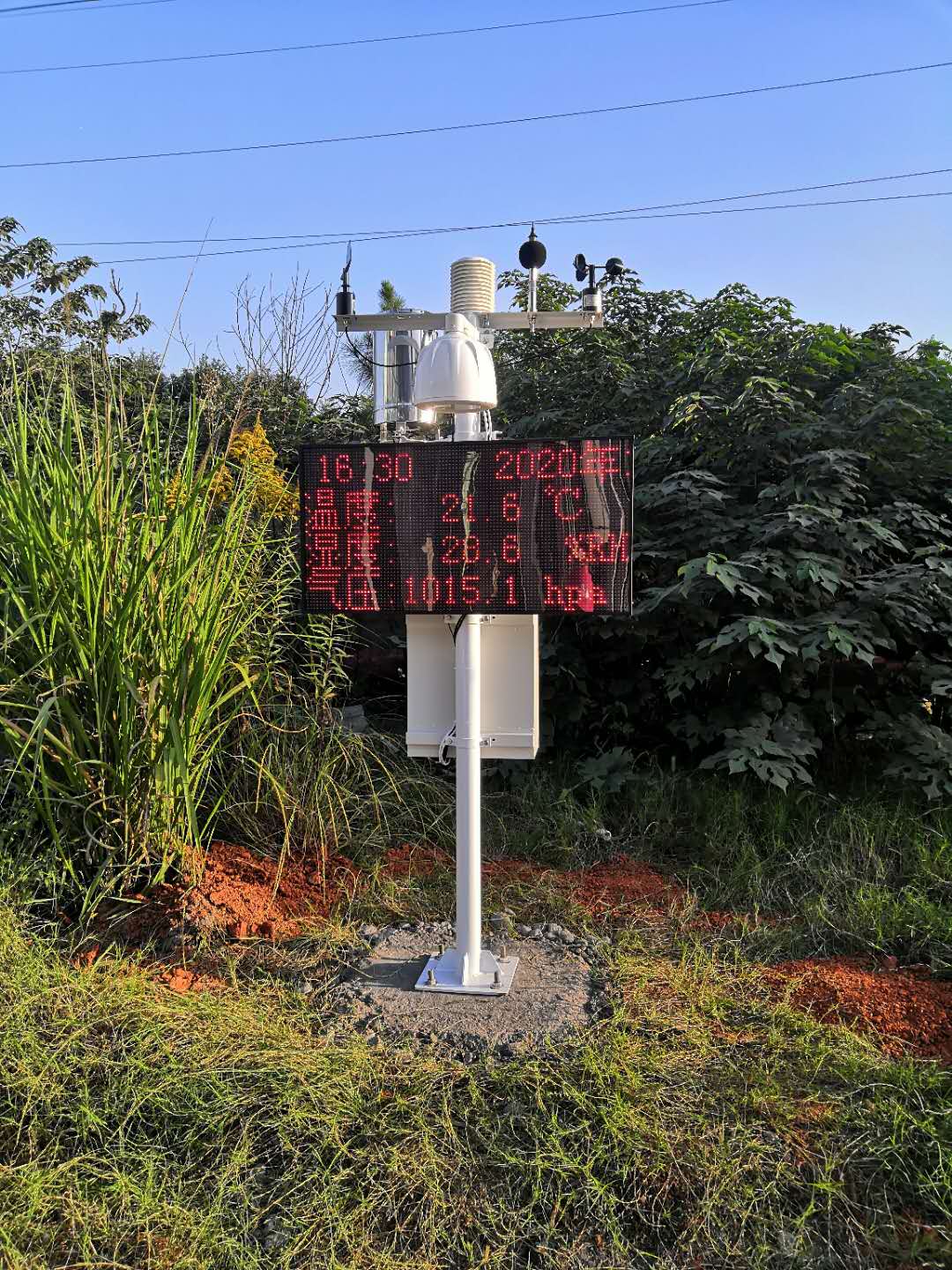
Function: Observe the change rule of water surface evaporation in different time periods.
Usage: Used in hydrology, meteorology and other fields to realize automatic monitoring and data storage of evaporation process, providing data support for water resource management and weather forecast.
Function: automatic measurement of precipitation.
Uses: Used in agro-ecological environment monitoring and environmental monitoring of agricultural production activities, through the measurement of precipitation, to help farmers understand the rainfall situation, and take emergency precautions in a timely manner.
Function: Measurement of ambient light intensity.
Uses: Widely used in agriculture, lighting, photovoltaic and other fields, used to monitor light conditions, for plant growth, lighting control, photovoltaic power generation, etc. to provide data support.
Function: Measure wind speed and direction. Usually use wind cup and wind vane.
Uses: important role in meteorology, navigation, aviation and other fields, used to monitor wind speed and wind direction changes, to provide data support for weather forecasting, navigation safety, etc.
- Introduction: can detect VOCs, CO2, PM2.5, PM10, etc..
- Function: Monitor the level of pollutants in the air.
- Usage: Smart home, office environment, schools and other places that need to pay attention to air quality. By monitoring air quality, timely measures can be taken to improve the indoor environment and protect people's health.
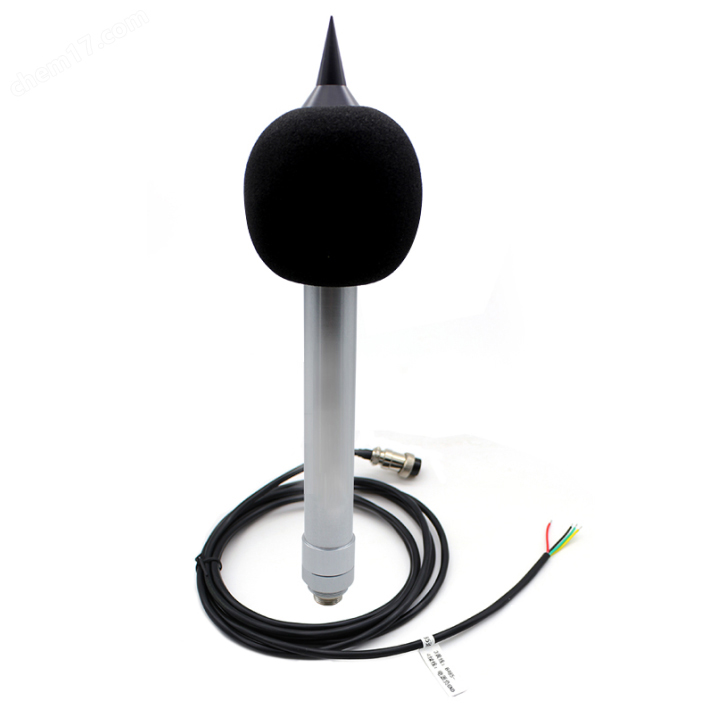
- Introduction: such as condenser microphone.
- Function: Measure sound intensity and frequency.
- Uses: for noise monitoring, security systems.
- Introduction: including piezoelectric and capacitive.
- Function: Measure the pressure of gas or liquid.
- Uses: for weather monitoring, industrial process control.
Function: detect the concentration of specific gases, such as oxygen, nitrogen, carbon dioxide, carbon monoxide, etc.
Application Scenario: industrial safety, environmental monitoring, smart home and other fields. Gas sensors can monitor the concentration of gases in the environment in real time, and discover potential safety hazards in time, such as gas leakage or excessive concentration.
Function: Measure the UV intensity in the environment.
Application Scenario: Sunscreen product testing, environmental monitoring and other fields. UV sensors can help people understand the UV intensity in the environment so that they can take appropriate sun protection measures.
Each of these environmental sensors has unique functions and application scenarios, and together they form an important part of the environmental monitoring system. They can monitor and analyze various parameters in the environment in real time, providing important data support for research and decision-making in related fields.
The main function of environmental sensors is to measure and record environmental parameters, such as temperature, humidity, light, wind speed, etc., and transmit these data to the upper computer or data center through wired or wireless means for users to analyze and process.
1. High precision: environmental sensors usually use high-precision sensors and advanced data processing technology to accurately measure environmental parameters.
2. Real-time monitoring: the sensor can monitor changes in environmental parameters in real time to ensure the timeliness and accuracy of the data.
3. Multi-parameter monitoring: environmental sensors are usually able to monitor multiple environmental parameters at the same time, providing comprehensive environmental information.
4. Easy to install and maintain: sensors are well designed, easy to install, and easy to maintain and calibrate.
5. Integration and miniaturization: easy to install and maintain, suitable for a variety of environmental deployment.
6. Intelligent: with data processing capabilities, remote monitoring and data analysis.
7. Low power consumption: suitable for long-term unattended monitoring needs.
8. Compatibility: easy to integrate with existing systems, support for a variety of communication protocols.
1. Agricultural field: used to monitor soil temperature, humidity, light and other parameters, to provide suitable environmental conditions for plant growth, improve crop yield and quality.
2. Smart home: used to monitor indoor temperature, humidity, light and other parameters, to achieve automatic adjustment and control, to improve the comfort of residents living and energy saving effect.
3. Weather forecasting: Used to monitor atmospheric temperature, humidity, wind speed and other parameters to provide data support for weather forecasting and improve the accuracy of forecasting.
4. Environmental monitoring: used to monitor water quality, air quality and other environmental parameters, providing data support for environmental protection and governance.
5. Smart city: air quality monitoring, traffic flow management, public safety.
6. Industry: environmental compliance monitoring, factory safety.
7. Scientific research and education: climate change research, environmental impact assessment.
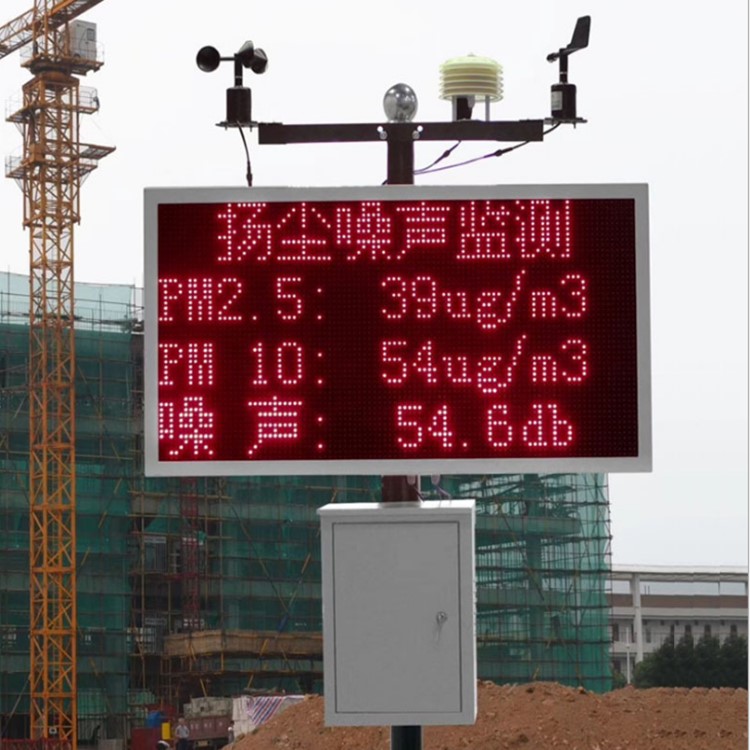
Selecting the right environmental sensor requires consideration of several factors, here are some key steps and considerations:
- Parameter type: first define the environmental parameters to be monitored, such as temperature, humidity, light, air quality, sound, pressure, etc.
- Measurement range: Determine the normal range of the parameter to be monitored as well as the possible extreme values.
- Accuracy: Choose the sensor whose accuracy meets the needs of the application, usually the higher the accuracy, the higher the price of the sensor.
- Resolution: The resolution determines the minimum amount of change that the sensor can detect.
- Long-term stability: to ensure that the sensor in long-term use to maintain stable performance.
- Reliability: Choose a certified sensor to ensure its reliability under specific environmental conditions.
- Protection class: Select the appropriate protection class (IP rating) for the environment in which the sensor will be deployed.
- Anti-interference capability: Consider possible interference factors in the environment, such as electromagnetic interference and temperature fluctuations.
- Installation: Select the appropriate sensor size and installation method according to the installation location and conditions.
- Maintenance requirements: Consider the maintenance cycle and difficulty of the sensor, and try to choose the sensor with low maintenance cost.
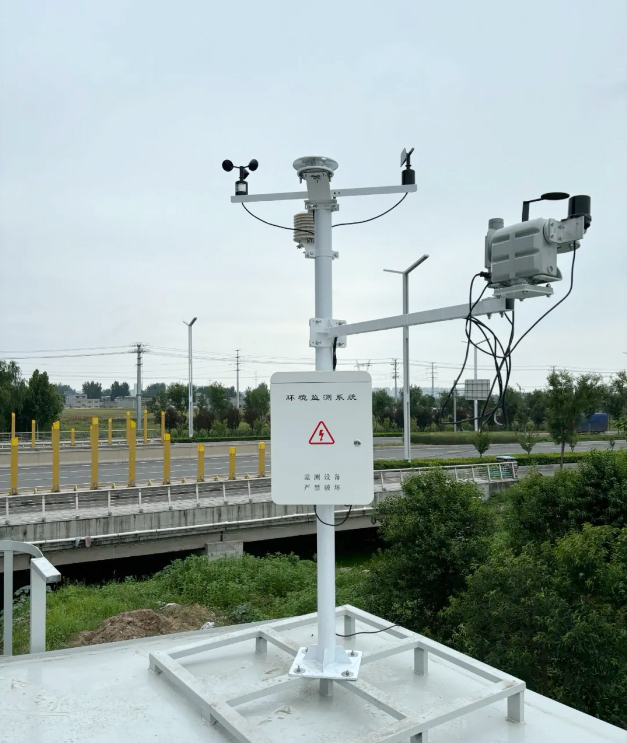
- Power requirements: confirm the sensor's power requirements (such as voltage, current) is compatible with the existing system.
- Communication interface: Choose a communication interface (such as RS-485, I2C, wireless, etc.) that is compatible with the existing system or controller.
- Budget: Select cost-effective sensors according to the project budget.
- Total Cost: Consider the total cost including purchase, installation, maintenance and calibration.
- Brand reputation: choose a well-known brand, usually more guaranteed quality and service.
- Supplier service: Consider the supplier's technical support, after-sales service and spare parts availability.
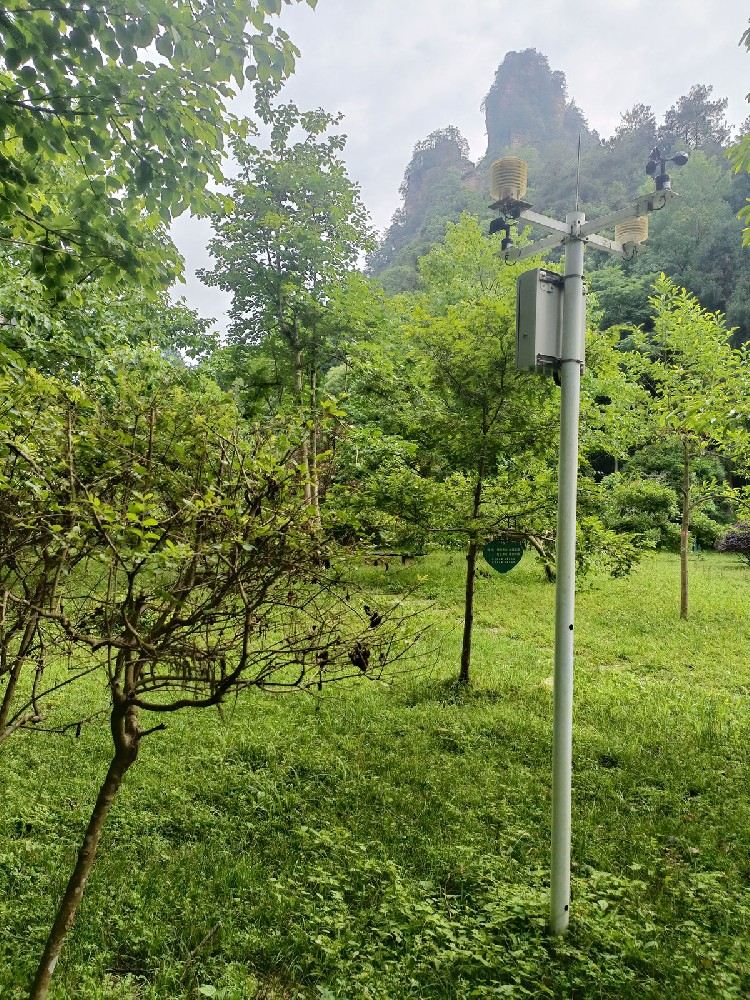
- Certification: Confirm that the sensor has passed the relevant safety and performance certification.
- Compliance with standards: Ensure that the sensor complies with relevant national and industry standards.
- Sample testing: If possible, field test or sample test the candidate sensor.
- Data Comparison: Compare sensor data with other reliable data sources to verify accuracy.
By following these steps, the environmental sensors best suited for a particular application scenario can be systematically evaluated and selected. Remember, selecting a sensor is a comprehensive process that takes into account not only the technical parameters, but also the operational and economic aspects of the actual application.
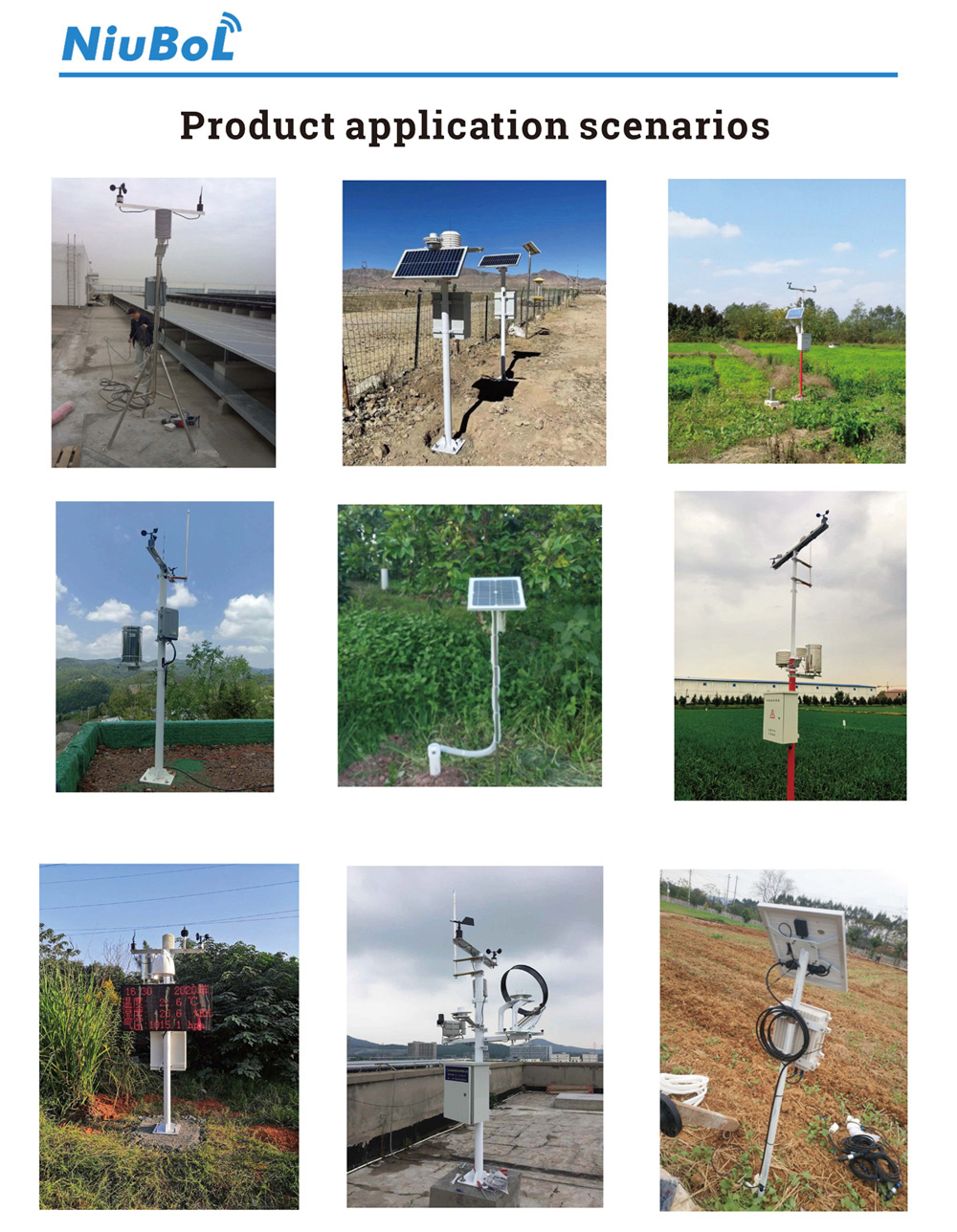
To summarize
Environmental sensors are instruments that can accurately measure and record environmental parameters and contain many types of sensors, such as soil temperature sensors, air temperature and humidity sensors, evaporation sensors, rainfall sensors, light sensors and wind speed and direction sensors. These sensors are characterized by high precision, real-time monitoring, and multi-parameter monitoring, and have a wide range of applications in the fields of agriculture, industrial safety, smart homes, weather forecasting, and environmental monitoring. By monitoring and analyzing changes in environmental parameters, environmental sensors provide important data support for research and decision-making in related fields.
Sensors & Weather Stations Catalog
Agriculture Sensors and Weather Stations Catalog-NiuBoL.pdf
Weather Stations Catalog-NiuBoL.pdf
Related recommendations
 Multi-Depth Soil Sensor RS485
Multi-Depth Soil Sensor RS485 TDR Soil Moisture Sensor
TDR Soil Moisture Sensor Pyranometer Solar Radiation Sensors
Pyranometer Solar Radiation Sensors Soil ph sensor
Soil ph sensor Tipping Bucket Rain Gauge
Tipping Bucket Rain Gauge Air Temperature and Humidity Sensor
Air Temperature and Humidity Sensor
Screenshot, WhatsApp to identify the QR code
WhatsApp number:+8615367865107
(Click on WhatsApp to copy and add friends)
